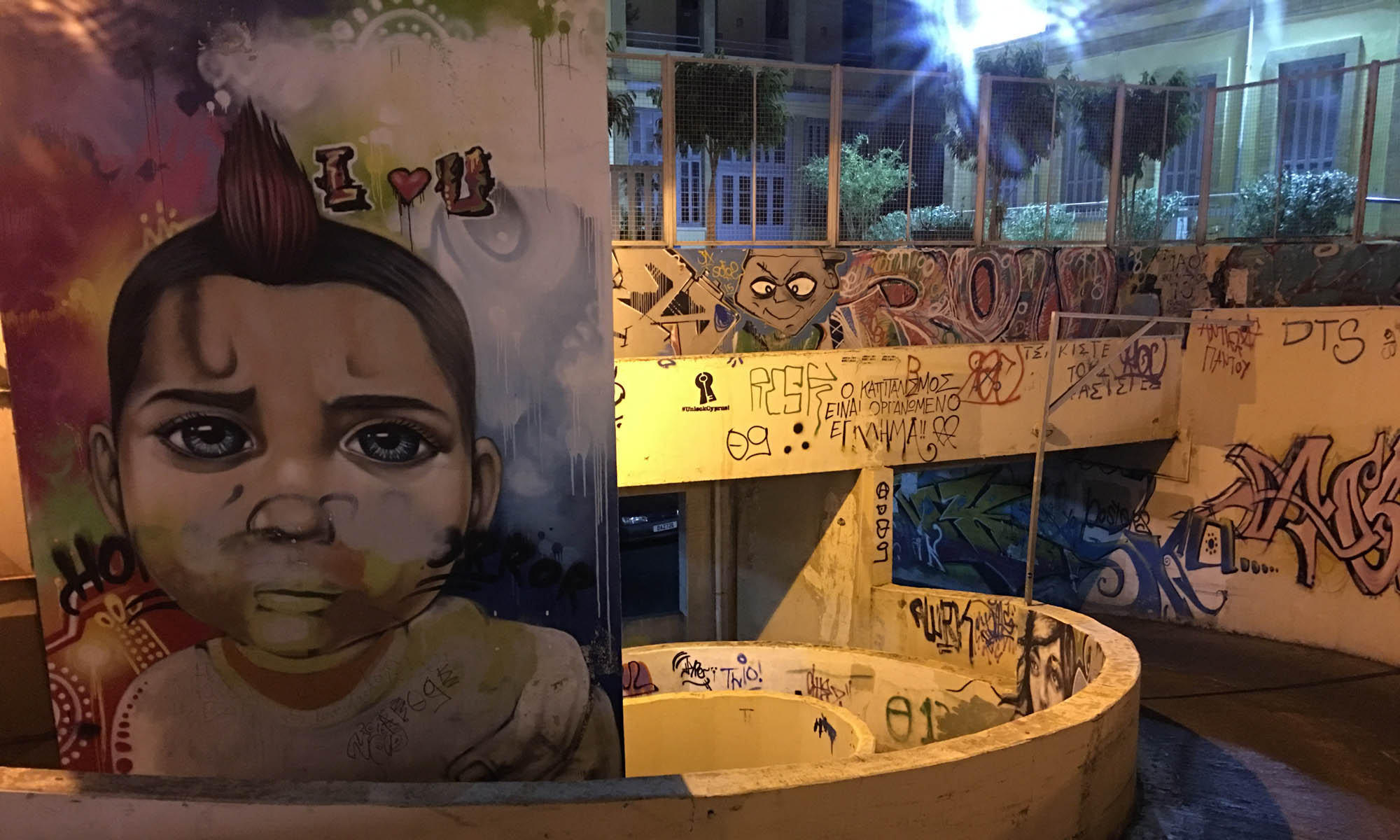The films sat in boxes for years. They were on a variety of reels, some on the original 50 ft Super 8 spools that were return from processing, others pieced together into bigger spools of several hundred feet. The splicing was with a strange zigzag cement splicer which gave visually appealing joints, both when looking at the film strips and when viewed on screen. The splices were very noticeable and served as a clear indication that one 50 ft roll had ended and another begun, quite the opposite of the invisibility normally required when splicing two shots together.
A lot of the material has been edited in camera in as much as a scene might be filmed in one or more shots which would then be inscribed on the film in sequence. The camera might then be unused for some time before the next shot is appended to the film producing a fractured chronology of image sequences perfectly edited together and not requiring tape or other clumsy interventions.
Super 8 cameras typically start and stop almost instantaneously so don’t ‘suffer’ from changes in exposure that can appear on 16mm and 35mm when starting and stopping the movement. The slightly acceleration of the mechanism can give overexposed frames each time the camera starts up. Some cine cameras – such as the Bolex EBM – have shutters which can remain open if its power is removed and the mechanism comes to rest with the gate exposed. This gives a flash frame caused by gross overexposure of the emulsion. Paradoxically these defects in the technology produce results which can be prized by some filmmakers as part of the ‘film look’, seen as an alternative or antidote to clean digital video footage. Super 8 cameras have an easier job pulling the narrow gauge film through the gate, and also have shutters which close after filming, partly as a result of often having stop motion ability as part of the feature set which could be advertised to potential consumers for the home movie system.
Contemporary digital (non-tape-based) cameras – whether stand-alone or built in to mobile phones, tablets etc. – are clip-based. Once the camera is recording and subsequently stopped the footage is stored as a standalone clip in a folder or collection/gallery. The possibility of the camera edit has been made redundant by the availability of nonlinear editing in the recording device itself or the expectation that the user has, and indead needs, digital storage and editing equipment.
Thoughts:
- straight eight style competitions
- The kink that formed when leaving film stationary in a S8 camera
- The dodgy film pressure plate
- Judder and weave
- FCP X’s skimming in the browser
- Makes footage accessible in way it never was with film viewers and projectors
- Linear editing – in-camera
- Film editing non-linear with spicer, Steenbecks etc
- Linear in the age of deck to deck video editing
- Strangely Super 8 is perhaps the most linear since it was fiddly to cut and splice although not impossible and there was a small industry catering to enthusiasts who wanted to use the tiny gauge film ‘professionally’.
- metadata: a few films had basic names written on the reels
- Most are filmic memories floating in time – of their time
- Adam Laity thought Sea Front was much older than 2006
- Charlotte Humpstone asked whether Womad had been filmed by my father since I appear in one shot
- SWArts film award in 199? Still in progress – haha
- students assumed projected Super 8 were ‘home movies’ in which I was included.
DN Rodowick’s the virtual life of film:
- filmofanic?
- thinking about film vs digital
- his early writing in the book talks about experiences as a spectator in the cinema
- Makes a distinction between the terms ‘cinema’ and ‘film’
- Cinema studies in cultural studies
- Interesting that my Super 8 films typically don’t have any audience
- ref Terry and recording material which is never even viewed
- not sure whether there’s much difference between a roll of processed film sitting in a box and an SD card which may or may not have video recordings stored

